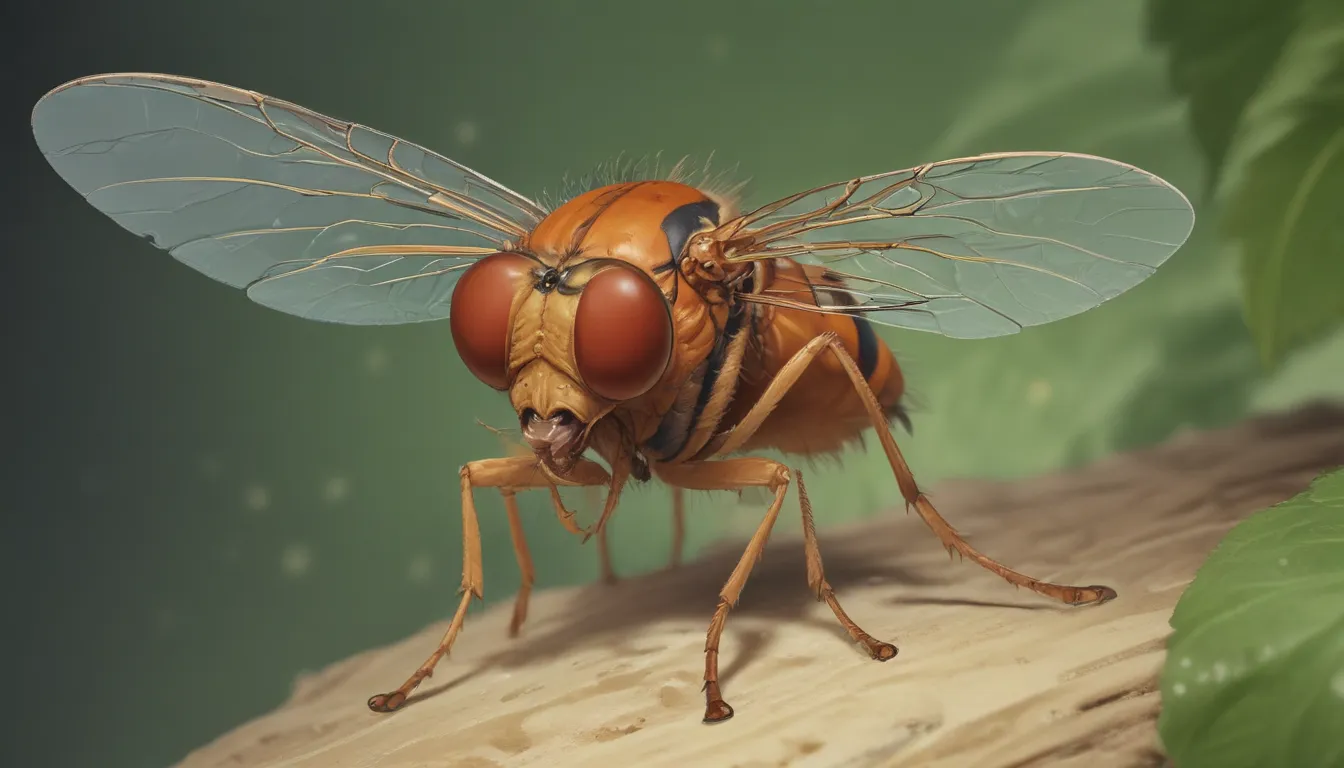How to Identify and Control Currant Fruit Flies: A Comprehensive Guide

Ah, the pleasure of plucking a juicy, ripe gooseberry from the bush, only to find a not-so-delightful surprise of a tiny white maggot inside. Those unwelcome guests are none other than currant fruit flies, specifically the larval form of the yellow currant fly. But fear not, with the right knowledge and effort, you can manage and control these pesky critters in your garden.
Understanding Currant Fruit Flies
Currant fruit flies are tiny insects that lay eggs on the fruits of gooseberry and currant bushes. These eggs hatch into maggots that burrow into the fruit, feasting on the pulp and seeds within. It’s essential to distinguish these flies from other pests like imported currant worms, which are a separate issue altogether.
When trying to identify currant fruit flies, look for small, yellow, orange, or beige flies with distinct dark bands on their clear wings. The maggots they produce are white, about a quarter of an inch long, and have tapered heads. If you spot these flies around your berry patch, it’s time to take action.
Biology and Life Cycle of Currant Fruit Flies
Understanding the life cycle of these pests is crucial in effectively controlling them. Female currant fruit flies lay eggs under the skin of young currants or gooseberries in spring. Each female can lay up to 200 eggs, leading to potential devastation to your fruit crop.
After hatching, the maggots burrow deeper into the fruit, consuming the pulp and seeds. As the infested fruits mature, they may turn red and fall off the plant, a sign of serious infestation. The maggots drop to the ground to pupate during the winter, re-emerging as adult flies in spring.
Organic Control Methods
When it comes to managing currant fruit flies, organic control methods are highly recommended to minimize environmental impact. Here are some effective strategies you can employ:
Cultural Methods
- Remove fallen berries promptly to prevent maggots from burrowing into the soil.
- Clear debris from under plants to discourage pupae from hiding.
- Cultivate the soil around bushes in fall and spring to expose pupae for predators.
Physical Methods
- Use floating row covers after petal fall to prevent infestation.
- Lay tarps or plastic on the ground to catch dropping maggots.
- Regularly inspect and dispose of infested fruits in sealed bags.
Predator Assistance
- Encourage bird species like swallows and warblers to nest in your garden.
- Allow chickens or other fowl to forage in the berry patch to help control pests.
Organic Pesticides
- Utilize pyrethrins or Spinosad-based sprays to target adult flies.
- Apply essential oil sprays like peppermint and rosemary to repel flies.
- Always follow manufacturer instructions and avoid spraying when bees are active.
Chemical Pesticide Control (As a Last Resort)
While organic methods are preferred for managing currant fruit flies, chemical pesticides can be used as a last resort. Exercise caution and consider the following before resorting to chemical control:
- Use esfenvalerate-based sprays like Paragon Conquer sparingly and with protective gear.
- Apply in the evening when bees are not active to minimize impact on beneficial insects.
By combining a mix of cultural, physical, organic, and, if necessary, chemical control methods, you can effectively combat currant fruit flies in your garden. Remember, prevention and early intervention are key to maintaining a healthy and fruitful harvest.
Conclusion
In conclusion, currant fruit flies may be a persistent nuisance, but with the right tools and knowledge, you can keep them in check. By implementing a comprehensive approach to pest management and staying vigilant throughout the season, you can protect your precious currants and gooseberries from these unwanted invaders.
If you’ve successfully tackled a currant fruit fly infestation, we’d love to hear about your experiences and what strategies worked best for you. Share your tips and insights with us so we can continue to empower gardeners in the battle against garden pests.
For more information on dealing with pests in your garden, check out our articles on various garden pests, including Allium leaf miners, cabbage loopers, and raspberry fruit worms.
Remember, a healthy garden starts with proper pest management practices. Let’s work together to create thriving and pest-free gardens for all to enjoy!
*Copyright





